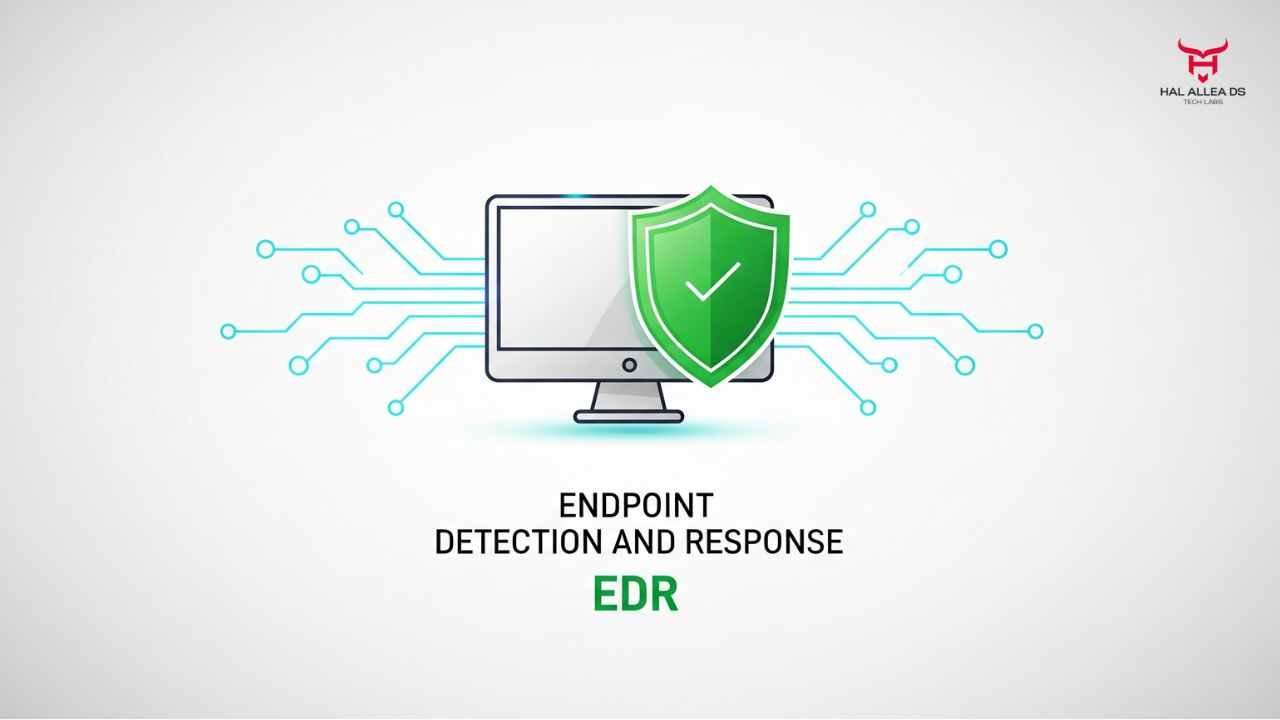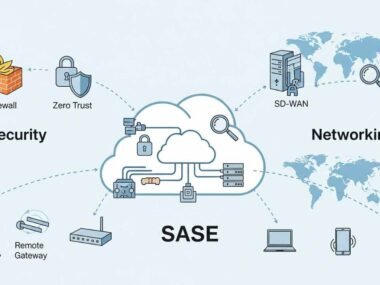In the first half of 2025, global ransomware attacks surged 67% year-over-year, according to IBM’s X-Force Threat Intelligence Index. Nearly half of these incidents struck small and mid-sized businesses (SMBs)—the sector least equipped to withstand weeks-long shutdowns or multimillion-dollar ransom demands.
The controversy is straightforward: ransomware operators are no longer just chasing big banks or governments. SMBs are now the prime target, drawn by weak defenses and a higher likelihood of paying up quickly.
For Microsoft, whose Windows platform dominates SMB IT infrastructure, the stakes couldn’t be higher. Security missteps now affect not just Fortune 500 giants, but the roughly 50 million small businesses worldwide who rely on Microsoft systems every day. Investors see revenue opportunities in selling new security services. But SMBs see only higher expenses and existential risk.
The trend is sparking alarm across boardrooms, insurers, and regulators. For SMB owners, ransomware is no longer a worst-case scenario—it is increasingly a near-certainty. Investors in cybersecurity firms see opportunity, but operators in finance, healthcare, logistics, and manufacturing industries increasingly face rising insurance premiums, higher compliance costs, and the reputational damage that no firewall can repair.
The Data
Let’s look at the hard numbers shaping the landscape.
- Cybersecurity Ventures projects ransomware will cost victims $256 billion annually by 2031, with SMBs contributing the majority of payouts due to their lack of in-house SOC teams.
- According to the 2025 CrowdStrike Global Threat Report, 61% of all ransomware cases in Q2 involved SMBs, up from 37% just two years earlier.
- According to Coveware, the average SMB ransomware payout in 2025 was $812,000, up from just $170,000 in 2020. Recovery costs often quadruple the ransom itself.
- A Microsoft Digital Defense report disclosed that 71% of ransomware attempts in Q4 2024 exploited unpatched Microsoft Exchange or Remote Desktop Protocol vulnerabilities. In other words, the lion’s share of entry points remain on Microsoft’s watch.
Here’s the thing—while Microsoft touts its cloud-native security stack as a solution, most SMBs still depend on on-premises or hybrid setups where patching cycles lag weeks, even months. That gap is where ransomware crews thrive.
The People
We thought paying $15,000 a year for antivirus software was enough, said a regional healthcare clinic director in Ohio, who requested anonymity. “Then one morning, every patient record was locked. The attackers wanted $400,000 in bitcoin. It nearly shut down our practice for good.”
A fraud analyst at a mid-sized bank put it bluntly: “If you’re an SMB with no dedicated security staff, the bad actors already know it. They trade lists of vulnerable firms on private forums. Once you’re tagged, you’re on a permanent hit list.”
Even within the cybersecurity sector, alarm bells are ringing. Jennifer Ayers, CrowdStrike’s SVP of OverWatch, told Forbes: “The biggest misconception SMBs have is that they’re too small to matter. That myth is dead. Attackers see them as lucrative and more likely to pay quickly.”
Yet insurers also carry blame. An underwriter at a leading cyber insurance provider admitted: “Some carriers quietly encourage paying ransoms, because it reduces downtime claims in the short run. But this strategy fuels the entire ecosystem. It smells like a vicious cycle—and it is.”
Experts are blunt
“A ransomware attack on a mid-sized manufacturer doesn’t grab headlines the way an oil pipeline shutdown does—but the impact can be devastating,” said Allan Liska, ransomware researcher at Recorded Future, in an interview with Forbes. “We’re seeing criminal groups develop ‘mid-market playbooks’ designed specifically for SMB targets.”
From inside Microsoft, concerns are trickling out. A former security program manager told us: “We’ve been screaming for more SMB-centric patching automation for years. But leadership is fixated on Azure security products. It smells like a profit-first strategy, not a customer-first one.”
Meanwhile, small business owners are growing resentful. “We’re a dental chain with 200 staff and 14 locations,” said one Texas-based SMB founder who requested anonymity. “IT is two guys and a contractor. After our ransomware incident last November, we spent more on lawyers, ransom negotiations, and downtime than our annual payroll. Yet Microsoft keeps pitching us more licenses instead of fixing basic holes.”
Security vendors are pouncing on the frustration. CrowdStrike, Palo Alto Networks, and several upstarts are all aggressively marketing “ransomware-ready” SMB bundles that undercut Microsoft’s native services. Investors, smelling disruption, are watching closely.
The Fallout
Analysts are bracing for wide consequences.
If ransomware payouts continue to surge 20-25% annually, insurance carriers may start exiting the cyber insurance market, or imposing brutal restrictions. Already, Lloyd’s of London reduced ransomware coverage options for SMBs in 2025, leaving businesses to shoulder more risk directly.
For Microsoft, the reputational fallout is deeper. Wall Street knows security is both a growth story and a liability. Azure revenues now top $16 billion quarterly, but if SMBs start seeing Microsoft as part of the ransomware problem rather than its solution, rivals could peel away market share. “We’ve modeled scenarios where Microsoft could lose as much as five points of SMB cloud adoption by 2027 to security-driven churn,” noted Goldman Sachs analyst Heather Bellini.
Beyond market share, the human fallout is sobering. According to a Datto SMB Security Report, 60% of small businesses close within six months of a major ransomware attack. That’s not a temporary setback; it’s extinction. Communities lose employers, employees lose jobs, and local economies lose anchors.
Ironically, ransomware groups operate almost like businesses themselves—complete with help desks, affiliate programs, and “discounts” for fast payment. The ecosystem thrives on inefficiencies, and SMBs represent the cheapest prey. Unless mitigation scales faster than threats, analysts now predict SMB ransomware damage could top $90 billion annually by 2026 in the U.S. alone.
Closing Thought
Ransomware has evolved from a corporate nuisance into the existential threat of record for SMBs. For Microsoft, acting as custodian of the digital foundation for millions of smaller players, this is a credibility crisis disguised as a growth opportunity.
The real question is whether SMBs will trust Microsoft to fix the holes—or whether they’ll turn to specialized security rivals promising leaner, tougher defenses.
And if attacks keep scaling? One can’t help but ask: Will ransomware in 2026 break more small businesses than the pandemic ever did?












